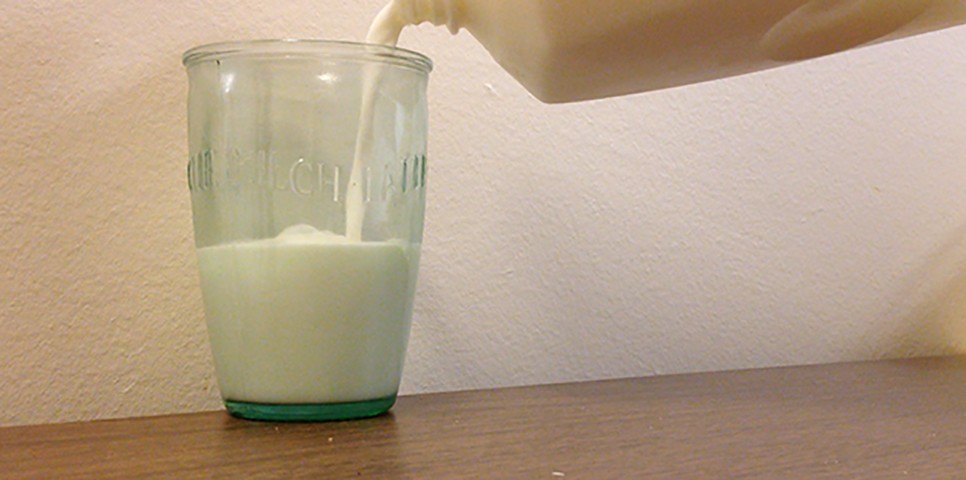
Sometimes the best ideas are the simplest and now solar panels, using gravity, will be able to create two different types of energies at once. This could potentially be used in countries where land is uninhabitable and arid to create cleaner power and use less water at the same time. Researchers from Stanford University, in the US, have developed the new model for solar farms that can not only collect energy from the sun but also but also grow crops to collect energy for biofuels. On the farms, which put the crops in the same location as the panels, the water used to clean the solar panels would also be used to help the plants grow. The farms run on sunlight, but water is needed to remove dust and dirt from the solar panels to allow them to function as efficiently as possible. The water is also used to dampen the ground to stop the build-up of dust. In turn, the crops would return the favour by stopping the spread of dust – the roots of the plants will also help anchor the soil. The model by Stanford University scientists was led by Sujith Ravi who said it could be employed in areas where it is impossible to grow crops.
Photovoltaic (PV) solar farms run on sunlight, but water is required to remove dust and dirt from the panels to ensure they operate at maximum efficiency. Water is also used to dampen the ground to prevent the buildup and spread of dust. Crops planted beneath the solar panels would capture the runoff water used for cleaning the PV panels, thus helping to optimize the land. The plants' roots would also help anchor the soil and their foliage would help reduce the ability of wind to kick up dust.
Computer simulations of a hypothetical co-location solar farm in Southern California's San Bernardino County by Ravi and colleagues suggest that these two factors together could lead to a reduction in the overall amount of water that solar farms need to operate. “It could be a win-win situation,” Ravi said. “Water is already limited in many areas and could be a major constraint in …
However not many types of crop would be able to grow due to the high temperatures and barren lands where most of the solar farms are based. Agave plants, which are native to North and South America and can be used to produce liquid ethanol, would be able to thrive in the high temperatures and poor soil, the scientists say.
Please Read this Article at NaturalBlaze.com





Leave a Reply